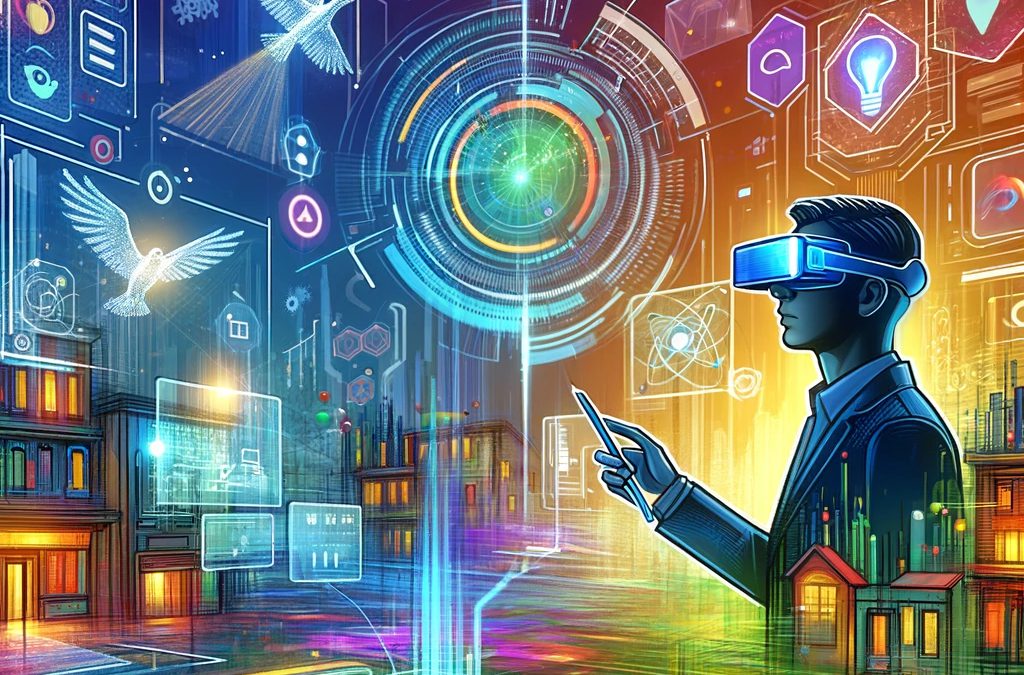By Ruth Mapgaonkar, Adjunct Professor, Communication, Film & Gaming
In the ever-evolving landscape of animation and visual effects (VFX), the journey into the future is both thrilling and transformative. As technology advances and consumer preferences shift, the industry is witnessing a plethora of emerging trends that are reshaping the way stories are told and experiences are crafted.
Generation Alpha thrives on high-definition visual experiences, preferring high-quality productions with engaging visual effects, realistic animation, and studios that include more animation and VFX film shots. Today’s consumers love immersive content across channels, from ultra-high-definition TVs, tablets, and smartphones to head-mounted devices. According to research by Mordor Intelligence, the Animation and VFX market size is estimated at USD 179.78 billion in 2024, expected to reach USD 311.46 billion by 2029, growing at a CAGR of 9.43% during the forecast period (2024-2029).
The increasing demand for technology from various industrial verticals, due to the expanding use of simulation in the design of industrial tools by OEMs, is helping the penetration of 3D animation solutions worldwide. The increased deployment of simulation software and solutions in industries including architecture and construction, manufacturing, media and entertainment, defence, education, and healthcare is fuelling the industry’s growth.
Here are some emerging trends in Animation and Visual Effects to watch out for:
Decreased Rendering Time
Real-time rendering and ray tracing have enabled high-quality animations to be created without lengthy rendering delays. Real-time rendering, powered by sophisticated graphics cards and computers, allows animators to instantly evaluate and render complicated projects. The ray tracing technique improves visual quality by simulating light’s interaction with surfaces, producing realistic shadows, reflections, and refractions. This innovation has enabled animators to create breathtaking graphics at unparalleled speed.
Virtual Production and Mixed Reality
The concept of virtual production, popularised by films like “The Mandalorian,” has transformed animation. Virtual production, combining actual sets with real-time CG settings, allows designers to interact with animated elements in real-time, transforming the pre-visualisation and production processes. Mixed reality techniques effectively merge the virtual and real worlds, enabling performers and animators to cooperate in previously unseen ways, resulting in dynamic and engaging storytelling experiences.
Non-Linear Storytelling
VFX and Animation are more than just eye-catching; they have now become essential to storytelling. Currently, filmmakers are experimenting with non-linear narrative frameworks, in which events are not precisely chronological. This strategy requires animators and VFX artists to make creative changes and enables them to manage their time better.
AI-powered Animation Tools
From streamlining workflows to increasing creativity, AI has made significant advances in the animation industry. We are now witnessing the use of machine learning techniques to automate laborious activities like character animation, lip-syncing, and background production. These tools allow animators to focus on plot and character development while AI tackles monotonous tasks, resulting in increased productivity and shorter production deadlines.
Augmented Reality (AR) Animation
With the growing popularity of Augmented Reality technology, animated content is making its way into the real world. AR animation brings characters and events to life in physical surroundings, blurring the distinction between the virtual and real worlds. From interactive storybooks to instructional apps, augmented reality animation enhances user experiences and engages audiences in unique ways.
Deepfake and Facial Animation
While deepfake technology has sparked both interest and criticism, it has slyly made its way into the animation industry. This kind of animation enables animators to modify figures’ facial emotions and movements with immaculate precision, considerably speeding the animation process. This ability has opened doors for new avenues for developing lifelike characters and investigating different storytelling strategies.
NFT and Digital Collections
The introduction of Non-Fungible Tokens has made its way into the field of animation and visual effects. Designers are looking into NFT as a way to commercialise their digital art and graphic designs, providing artists with a new medium to monetise their skills.
Sustainability and Green VFX
With growing environmental concerns, the animation and VFX industries are moving towards sustainability. Studios are using eco-friendly methods and creating solutions to cut carbon emissions during production. This green movement encourages ecologically conscientious individuals to pursue animation and VFX programs.
As we stride into 2024, it is clear that the future of animation and visual effects is full of possibilities. The combination of developing technologies and AI is not only empowering animators but also improving the way audiences interact with and immerse themselves in animated worlds. Whether through spectacular visual effects or engaging AR experiences, the industry is at the forefront of breaking down barriers and ushering in a new era of animated storytelling.












